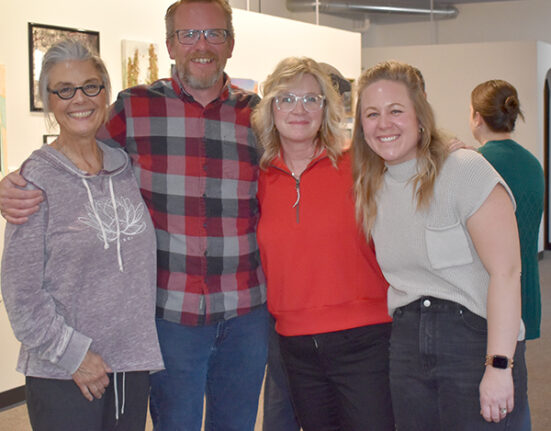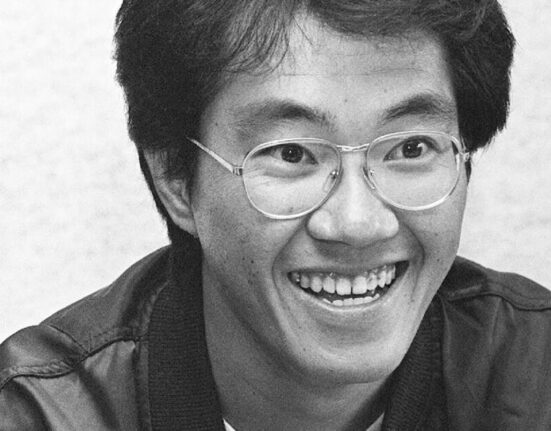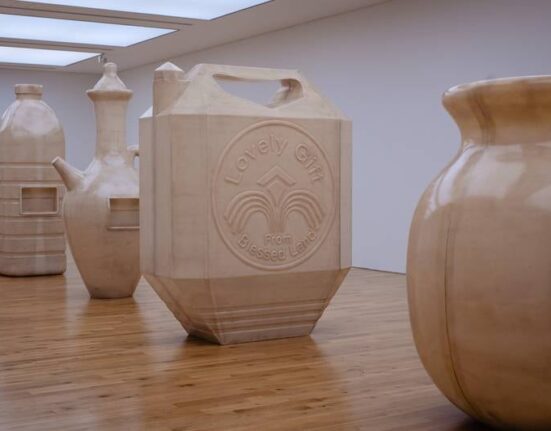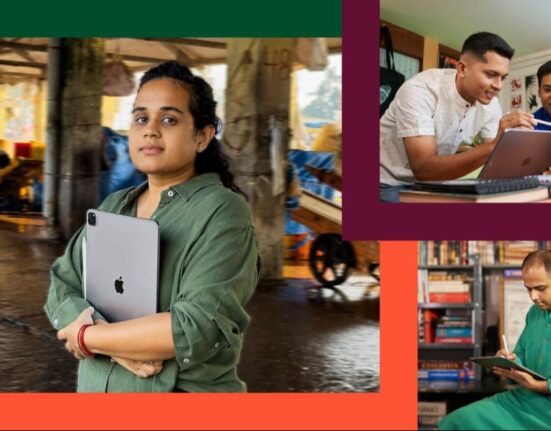When you buy through links on our articles, Future and its syndication partners may earn a commission.

Credit: Studio Ghibli
Unless you managed to check out from social media for the last few days, you’ll have noticed that the world has gone crazy for AI-generated images in the style of Studio Ghibli. Like really crazy. We’ve seen viral trends before, but the enthusiasm for the ability to ‘Ghiblify’ any image has been such that OpenAI temporarily limited access to GPT-4o to reduce the stress on its GPUs.
People have used the model to generate Ghibli-style memes, landscapes, portraits and even reimagined events from history and current affairs. Even McDonald’s got involved to the disgust of many customers.
Far from showing any concern for the repercussions, OpenAI CEO Sam Altman seems to be loving the attention, personally showing off the new model’s abilities and using an AI-generated Ghibli-style profile picture on X . “It’s super fun seeing people love images in ChatGPT…But our GPUs are melting,” he wrote.
But can someone claim to be a fan of Studio Ghibli if they use AI to rip off the studio’s style when Ghibli founder Hayao Miyazaki is known to have a disdain for generative AI? When we first shared the news about what was happening on Facebook, artists provided quick to respond.
Given his commitment to the human touch in animation, and his description of AI as an “insult of life itself”, many argue that the AI trend is an insult to everything Miyazaki and Studio Ghibli stand for.
“Anyone who has used this and who also disingenuously considers themselves a fan has directly dishonored and disappointed the man,” one person wrote. “I don’t understand liking the work of artists and then stealing from them,” another person wrote.
Others questioned why companies like OpenAI are working on AI image generation considering the other things AI can do. “These companies show us the worst way to use this technology,” was one opinion. “Can they focus on using AI to improve human life instead of doing crap like this?,” someone else wondered.
Some AI companies, including OpenAI, initially applied restrictions in previous iterations of AI image generators to prevent them from replicating the style of real living artists or the likenesses of real people. Some artists are concerned that GPT-4o’s ability to clearly pastiche the Ghibli style shows the company no longer cares or fears potential legal or regulatory repercussions.
“That’s just straight up heist of intellectual property – they no longer even bother to pretend its not,” one person wrote.
Some artists point to the soulless nature of the images generated by GPT-4o and suggest this proves that the beauty of hand drawn animation is in the imperfections. But while some think this will make the emptiness and worthlessness of AI art clear, others are saddened by the enthusiasm with which the public and many brands have embraced the trend.
“They watch and love Studio Ghibli work and adore Hayao, but in return they make fun of him by using their style to feed their wall for likes by using this crap,” one wrote.
In a clear minority, one person suggested Miyazaki might not have a problem with the trend. “He never saw image generative AI, just some terrible Procedural animation for a 3D model that just spazed around on the ground. I think this would impress him. No need to speed a year for a few seconds of animation you could use 3D or video as a base.”
Neither Miyazaki or Studio Ghibli has made an official response to the trend. If you would prefer to create real art, see our guides to the best digital art software and the best drawing tablets.







